Rising Healthcare Expenditure
The increasing healthcare expenditure across various regions is likely to bolster the Food Allergy Diagnosis and Treatment Market. As healthcare systems allocate more resources to allergy management, there is a corresponding rise in funding for research and development of new diagnostic and therapeutic solutions. This trend is particularly evident in countries with advanced healthcare infrastructures, where investments in allergy clinics and specialized training for healthcare professionals are becoming more common. The growing recognition of food allergies as a public health concern is prompting governments and private sectors to prioritize funding for effective management strategies. As a result, the Food Allergy Diagnosis and Treatment Market is poised for growth, driven by enhanced access to care and improved treatment options.
Rising Prevalence of Food Allergies
The increasing prevalence of food allergies among various populations appears to be a primary driver for the Food Allergy Diagnosis and Treatment Market. Recent studies indicate that food allergies affect approximately 8% of children and 4% of adults, leading to a heightened demand for effective diagnostic tools and treatment options. This growing incidence necessitates advancements in allergy testing methodologies and therapeutic interventions, thereby propelling market growth. As awareness of food allergies expands, healthcare providers are increasingly focused on developing comprehensive management strategies, which further stimulates the Food Allergy Diagnosis and Treatment Market. The rising number of allergic reactions and anaphylaxis cases underscores the urgency for innovative solutions, suggesting that the market will continue to evolve in response to these pressing health concerns.
Advancements in Diagnostic Technologies
Technological innovations in diagnostic tools are significantly influencing the Food Allergy Diagnosis and Treatment Market. The introduction of novel testing methods, such as component-resolved diagnostics and molecular allergology, enhances the accuracy and efficiency of food allergy identification. These advancements allow for more precise allergen profiling, which is crucial for effective treatment planning. Moreover, the integration of artificial intelligence and machine learning in diagnostic processes is expected to streamline patient assessments and improve outcomes. As these technologies become more accessible, healthcare providers are likely to adopt them, thereby expanding the market. The potential for rapid and reliable testing solutions may lead to increased patient compliance and satisfaction, further driving the Food Allergy Diagnosis and Treatment Market.
Growing Demand for Personalized Medicine
The shift towards personalized medicine is emerging as a significant driver in the Food Allergy Diagnosis and Treatment Market. Patients increasingly seek tailored treatment plans that consider their unique genetic and environmental factors. This trend is prompting healthcare professionals to explore individualized approaches to allergy management, including targeted immunotherapy and customized dietary recommendations. The market is witnessing a rise in research focused on understanding the genetic basis of food allergies, which could lead to more effective interventions. As personalized treatment options gain traction, the Food Allergy Diagnosis and Treatment Market is likely to experience substantial growth, reflecting the evolving expectations of patients and healthcare providers alike.
Increased Regulatory Focus on Food Safety
The heightened regulatory scrutiny surrounding food safety is playing a crucial role in shaping the Food Allergy Diagnosis and Treatment Market. Governments and health organizations are implementing stricter guidelines to ensure the safety of food products, particularly for individuals with allergies. This regulatory environment encourages food manufacturers to adopt allergen labeling practices and invest in allergen-free product development. Consequently, the demand for reliable diagnostic tools and treatment options is expected to rise as consumers become more vigilant about food safety. The emphasis on compliance with food safety regulations may drive innovation within the Food Allergy Diagnosis and Treatment Market, as stakeholders seek to meet the evolving needs of allergic consumers.
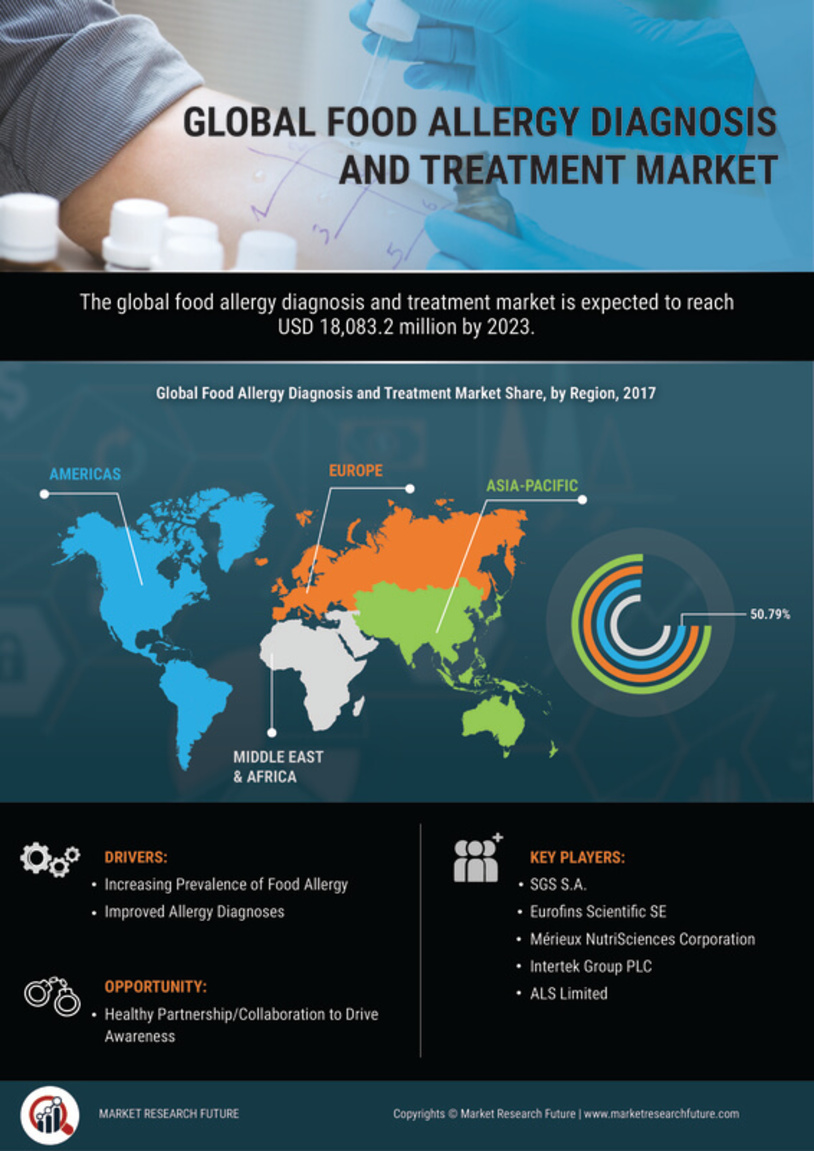

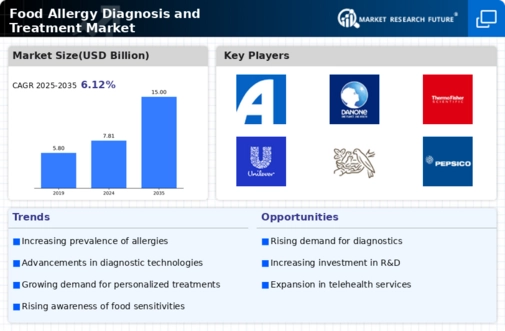
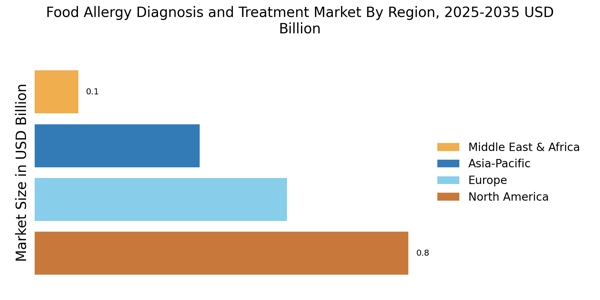


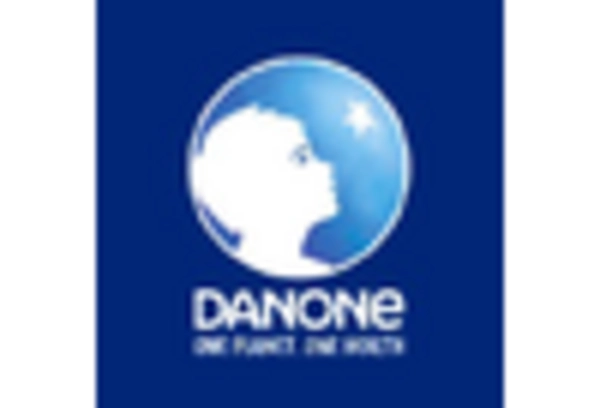
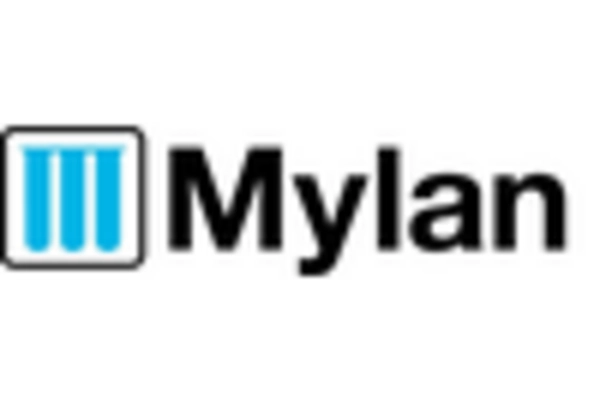










Leave a Comment